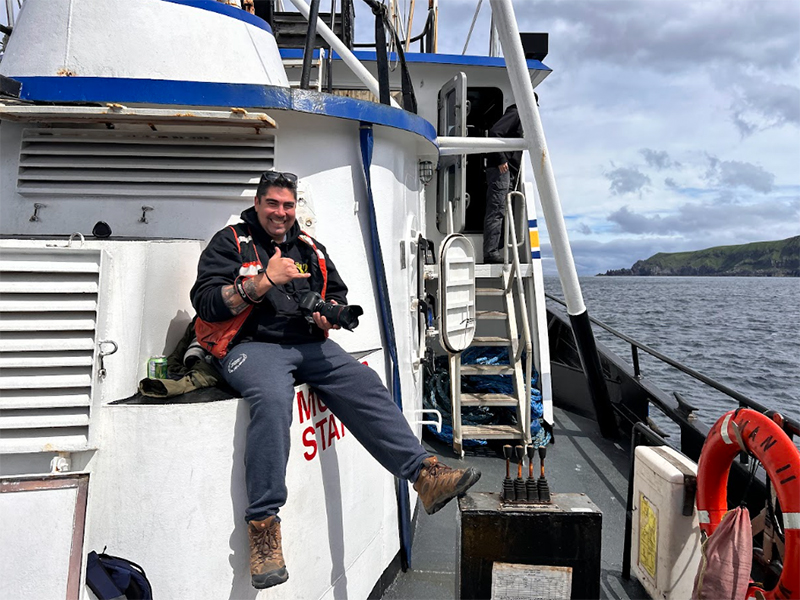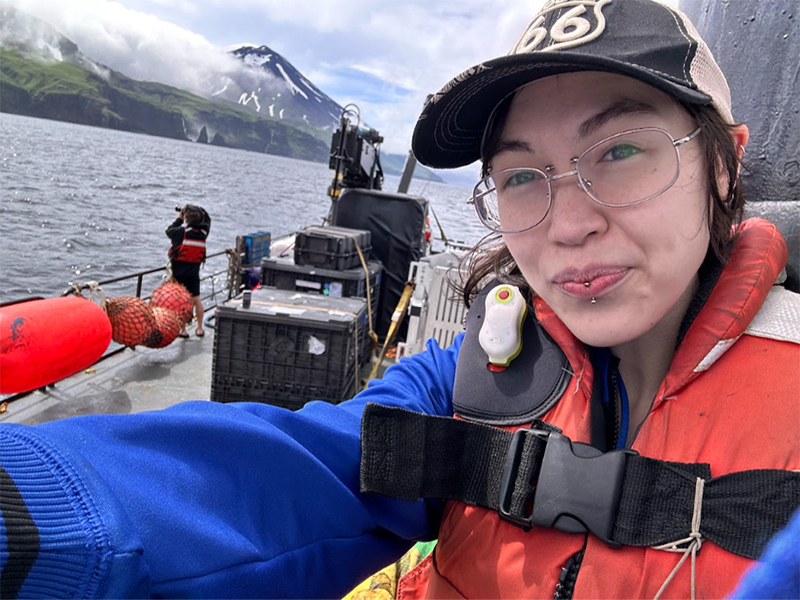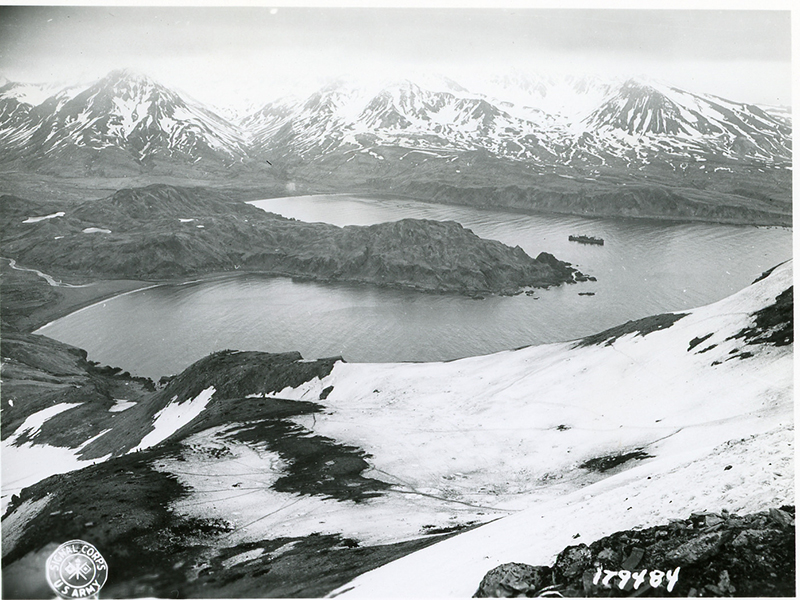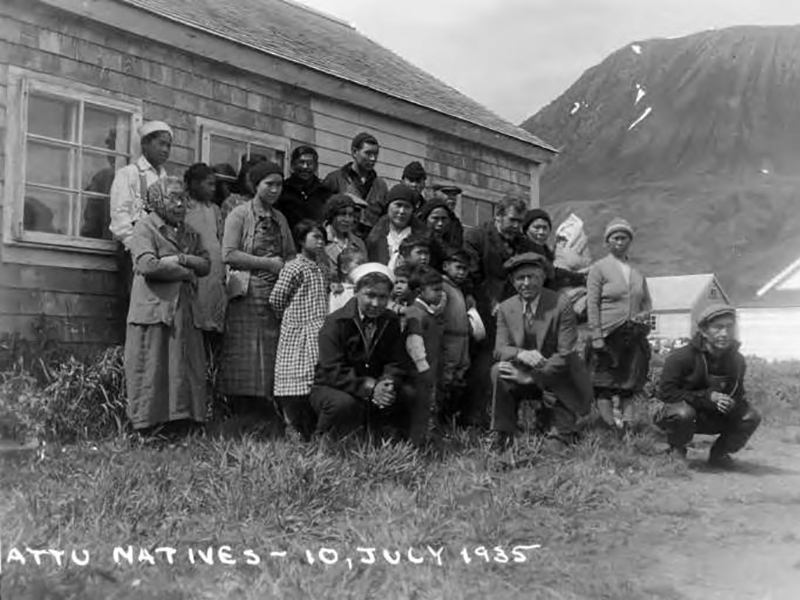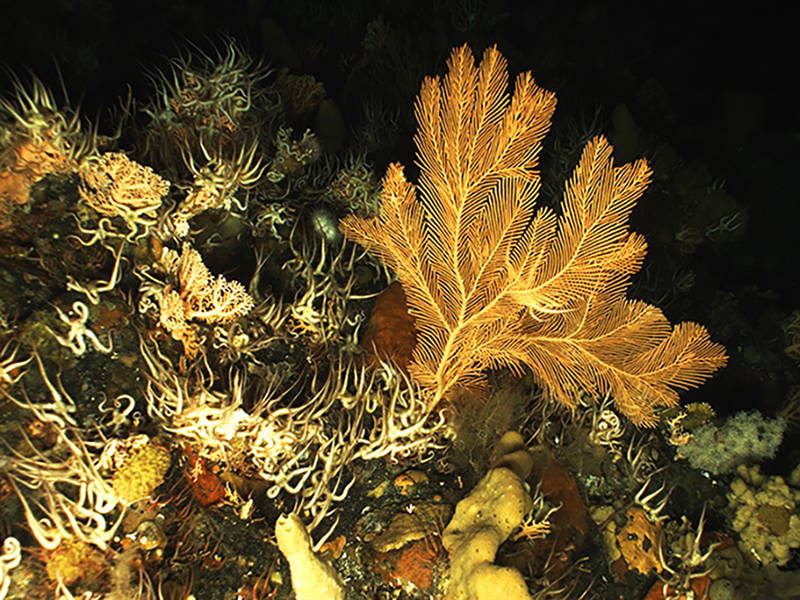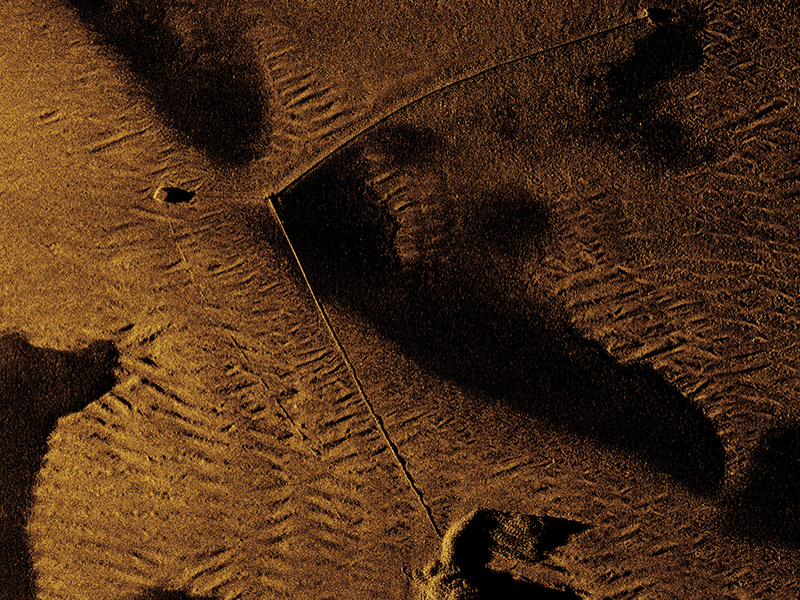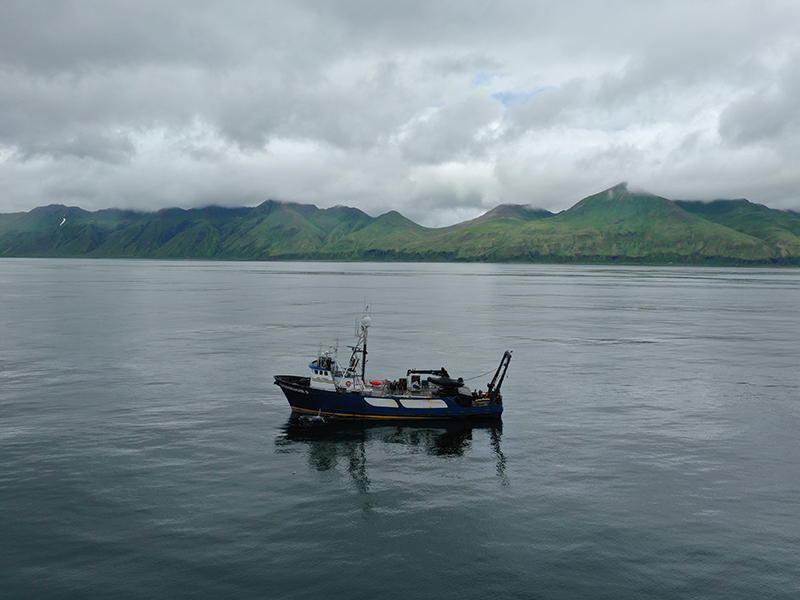Exploring Attu’s Underwater Battlefield and Offshore Environment
Features
Expedition features provide reflections on experiences, science, technology, and other elements of Exploring Attu’s Underwater Battlefield and Offshore Environment.
Reflections from a Liminal Space: In Transit to the Fieldsite
October 25, 2024
In this expedition feature, assistant professor of archaeology Bobbi Hornbeck describes her expedition experience during the Exploring Attu’s Underwater Battlefield and Offshore Environment expedition this summer.
Read moreA Unangan Perspective: Reflections from Sean Mack
October 25, 2024
In this expedition feature, Sean Mack describes his expedition experience as a cultural liaison during the Exploring Attu’s Underwater Battlefield and Offshore Environment expedition this summer.
Read moreA Unangan Perspective: Reflections from Wolfgang Tutiakoff
October 24, 2024
In this expedition feature, Wolfgang Tutiakoff describes her expedition experience as a cultural liaison during the Exploring Attu’s Underwater Battlefield and Offshore Environment expedition this summer.
Read moreAttu’s Wartime History
October 16, 2024
On June 7, 1942, in conjunction with the naval advance on Midway Island, the Japanese military landed on Attu (Atux̂) and quickly imprisoned the indigenous Unangax̂ population. The Aleutian natives were later sent to Otaru, Japan as prisoners of war (POWs), where they would remain for the duration of World War II.
Read morePre-War Attu (Atux̂)
October 14, 2024
The maritime history of Atux̂ (indigenous endonym for Attu) is not limited to World War II, as 3,000 years before the battle, ancestral Sasignan, likely from the Rat Islands to the east, came to the island via boats. They brought with them a several thousand year history of maritime focus and knowledge of seascapes that shaped individual and community identities for all Unangax̂ (indigenous endonym for Aleut) past and present in the Aleutian Islands.
Read moreWreck Ecology
October 10, 2024
In the offshore environment of the Aleutian Islands, where there can often be a paucity of hard bottom substrate for settling larvae, shipwrecks often become areas of high biological diversity. The artificial substrate these shipwrecks provide can be home to many species of fish and mobile fauna, but also to deep-sea or cold-water corals.
Read moreWhat's Next?
October 4, 2024
The destructive images of shipwrecks and the nearly frozen-in-time Massacre Bay seafloor bring a physical realness to Attu’s wartime past that may help bring awareness to this oft-forgotten chapter of history.
Read moreMission Plan
September 26, 2024
This project seeks to bring attention to the World War II Battle of Attu (1943) through ocean research and exploration. Surveys of the seafloor will be executed using synthetic aperture sonar (SAS), an emergent form of marine remote sensing technology.
Read more
